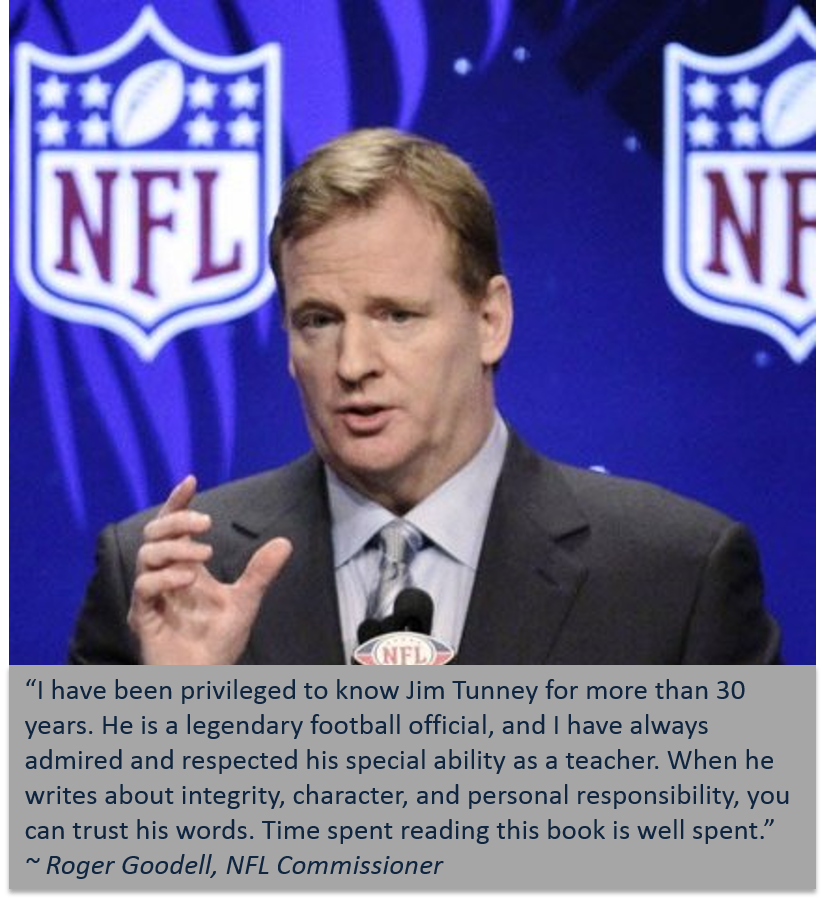On the TUNNEYSIDE of SPORTS April 18, 2016 #589 Up Next… “Numbers 42 and 37”
After further review…Watching the Ken Burns’ documentary “Jackie Robinson” on PBS reminded me of something my father once said to me. It was 1937 and I was about 8-years-old. I was sitting on the Pasadena Junior College players’ bench at the Rose Bowl in Pasadena California. My dad, Jim Sr., was the referee for a junior college football game with PJC being the host T*E*A*M. “Now you watch this little colored kid, he’s really gonna be something,” said my dad, never an easy man to impress. I remember those words as if he spoke them yesterday.
That “colored kid” was Jack Roosevelt Robinson, #28, for the PJC Bulldogs. He was a four-sport athlete at PJC, playing football, basketball, baseball and track (with a broad jump routinely measured over 25 feet). Jackie went on to U.C.L.A. and was a four-sport star there as well. But having sat on the same bench with that 18-year old athlete and later watching him become the first African-American in Major League Baseball has been unforgettable.
My dad was a teacher and coach at Lincoln High School (LA) and had the privilege of coaching Kenny Washington, the only African-American student-athlete at Lincoln. The vocabulary of equality was in its infancy in those days, and the use of the word “colored,” while common, was not a derogatory term. Washington, with my dad’s encouragement, also went to U.C.L.A. and was one of the first African-Americans to play in the National Football League. I was fortunate to be raised in a family where prejudice was unknown, with my mom and dad setting the example of acceptance of all people.
Watching Jackie Robinson’s story, and his legendary battle with prejudice coming up with the Brooklyn Dodgers was like re-living my childhood. Not that I had to live through the trials and disrespect that he endured, but being such an close-up witness to his skill and courage was an honor for me. All MLB players wear #42 on April 15th, (the historic day when Robinson first stepped on the field) out of respect for Robinson’s character.
Switch now from #42 to #37 which was the number assigned to Burl Toler when he became the first African-American NFL official. Toler had an outstanding college football career at the University of San Francisco, which sent 11 players from Toler’s T*E*A*M to the NFL. Toler’s color was an issue for some fans, players, and coaches, and he was faced the same prejudice as did Robinson. Being on the same NFL officiating crew for 11 years with Burl, I was honored to see the strength of character with which he handled the same ignorant, derogatory remarks that failed to derail Robinson some 18 years earlier. While we’ve come a long way in that regard, more needs to be done.
Will you respect others with the same values by which you hold for yourself?
contact Jim go to www.jimtunney.com or email jim@jimtunney.com.
New Book! To get Jim’s latest title: “Another 101 Best of TunneySide of Sports” email him at the above or write to P.O. Box 1440 Pebble Beach, Ca .93953. “TunneySide of Sports” takes current issues from the world of sports and transforms them into positive messages for everyday living. $20. Includes tax and shipping, and an autograph, if requested. Thank You!




One Response to “Numbers 42 and 37”